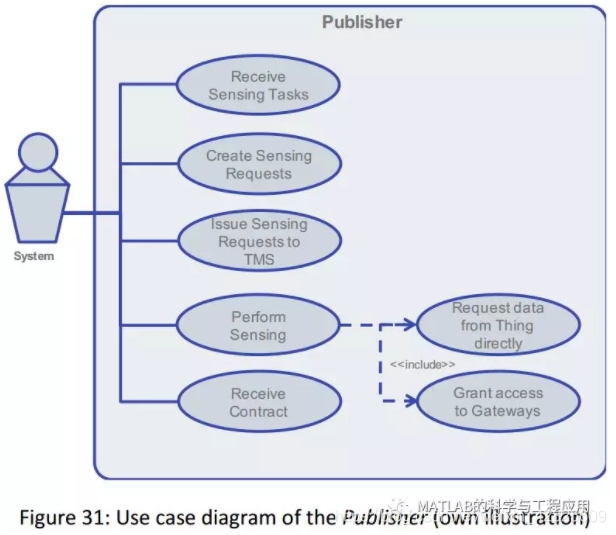
本文为德国科布伦茨-兰道大学(作者:Patrick Nitschke)的硕士论文,共153页。
物联网(IoT)是一个可寻址的物理对象网络,包含嵌入式传感、通信和驱动技术,以感知与环境交互。与每一个新的范例一样,物联网在理论和实践中引起了所有领域的研究兴趣,导致系统的发展将技术推向了极限。当不得不在不同的环境中管理越来越多的事情时,这些限制变得显而易见。目前已经开发了大量的物联网架构建议,并引入了物联网平台等原型产品。然而,这些体系架构和产品中的每一个都对物联网体系结构及其各个组件应用各自的解释,因此物联网目前更像是Intranet of Things,而不是Internet of Things。因此,本文旨在对构成物联网体系架构的要素形成共识,并以整体物联网体系架构框架的形式提供高层规范。
本文采用设计科学研究(Design Science Research,DSR)的方法,在相关文献的基础上,开发了该体系的架构框架。整体物联网架构框架的开发包括确定两个新的物联网架构视角,这两个视角在分析现有文献中确定的物联网架构建议时变得更明显。当应用这些新的视角时,对于架构框架的一种新组件的需求也变得很明显了,这只是在文献中含蓄地提及到。将各种物联网架构方案的组成部分以及新颖的物联网管理系统组成部分进行组合、整合和关联,形成整体物联网架构框架。随后,说明了该体系架构框架的规范适用于指导原型的实现。这一贡献提供了对物联网架构的基本构建块、参与者和关系的共同理解。
The Internet of Things (IoT) is a networkof addressable, physical objects that contain embedded sensing, communicationand actuating technologies to sense and interact with their environment(Geschickter 2015). Like every novel paradigm, the IoT sparks interest throughoutall domains both in theory and practice, resulting in the development ofsystems pushing technology to its limits. These limits become apparent whenhaving to manage an increasing number of Things across various contexts. Aplethora of IoT architecture proposals have been developed and prototypeproducts, such as IoT platforms, been introduced. However, each of thesearchitectures and products apply their very own interpretations of an IoTarchitecture and its individual components so that IoT is currently more anIntranet of Things than an Internet of Things (Zorzi et al. 2010). Thus, thisthesis aims to develop a common understanding of the elements forming an IoTarchitecture and provide high-level specifications in the form of a HolisticIoT Architecture Framework. Design Science Research (DSR) is used in thisthesis to develop the architecture framework based on the pertinent literature.The development of the Holistic IoT Architecture Framework includes theidentification of two new IoT Architecture Perspectives that became apparentduring the analysis of the IoT architecture proposals identified in the extantliterature. While applying these novel perspectives, the need for a newcomponent for the architecture framework, which was merely implicitly mentionedin the literature, became obvious as well. The components of various IoTarchitecture proposals as well as the novel component, the Thing ManagementSystem, were combined, consolidated and related to each other to develop theHolistic IoT Architecture Framework. Subsequently, it was shown that thespecifications of the architecture framework are suitable to guide theimplementation of a prototype. This contribution provides a commonunderstanding of the basic building blocks, actors and relations of an IoTarchitecture.
- 引言
- 设计研究
- 理论基础
- 开发整体物联网架构框架
- 原型系统的实现
- 总结与结论
附录1 原型实现的源代码
附录2 描述中使用图标概述
更多精彩文章请关注公众号:
